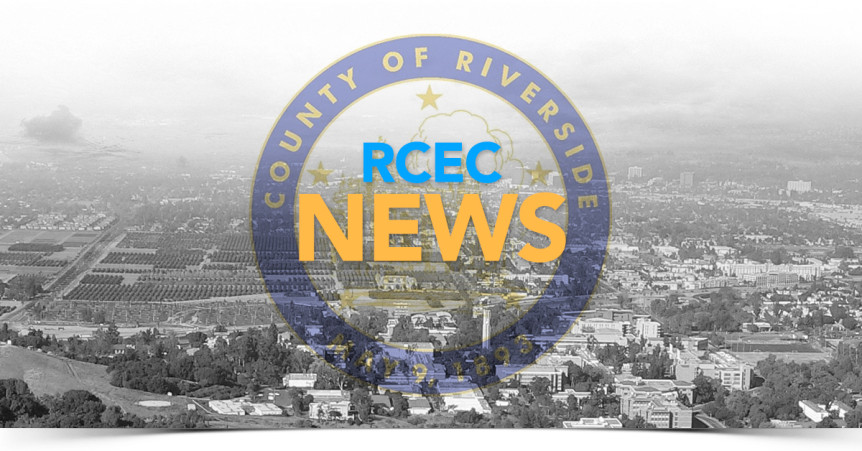Throughout October and November, hundreds of thousands of high school seniors from every part of the state take the first step toward realizing their academic and professional goals by applying to a California State University campus. In this new COVID-19 reality, too many students will have to navigate the transition between K-12 and higher education virtually, and largely on their own.
Moving to distance learning to protect the safety of our children, school employees and communities was the right thing to do. But COVID-19 is also exacerbating long-standing opportunity gaps, further highlighting the social, economic and public health disparities impacting students throughout the state and nation.
It’s not that our schools and universities aren’t trying. Across the state, educators, administrators, college counselors, admissions staff and others are working hard to help students succeed, even providing laptops, wi-fi hotspots and other technology to help students bridge the so-called “digital divide.” But our systems don’t always connect. Without clear standards and consistent communication between systems, simple data errors can have lasting effects on the futures of our students.
Disconnects between K-12 and higher education data systems can lead students to have their college eligibility determined incorrectly, leading them to be unfairly rejected from our public universities. With an average of 1 counselor for every 626 students, California schools were hard-pressed to support seniors with their college applications when they could all gather on campus. Under a distance learning model, this will be even more challenging.
If the college applications could be connected directly to K-12 transcripts, major opportunities for error could be eliminated. Data conflicts could be identified and resolved before they could harm students. Automating time-consuming parts of the application process would let counselors provide support to more students.
Both California State University and Moreno Valley Unified School District saw these issues long before COVID-19. We’ve partnered with the California College Guidance Initiative to integrate data-driven application tools on CaliforniaColleges.edu that connect students’ applications directly to their transcript data. Their coursework is verified at the moment they apply, helping eliminate errors that can delay or deny admission. In the past school year alone, California State University campuses received applications from more than 29,000 students with CaliforniaColleges.edu accounts.
So far, this work has seen great success for the close to 100 K-12 districts that have partnered with the California College Guidance Initiative. In Moreno Valley, for example, counselors found they could help students fill out and submit applications three times faster, allowing counselors to focus more of their energies on students who would be the first in their family to go to college and those with complex needs. The district used reporting tools to unite the efforts of their schools by setting collaborative goals and constantly monitoring student progress.
Scaling this approach statewide has the potential not to just close gaps, but also to ensure that students in every K-12 district have access to the support they need to succeed in college and in their careers.
K-12 and higher education are parts of a long path to a full life and fulfilling career. As we navigate a new academic year in the world of COVID-19, it is vital that our educational systems can connect and work together, so our students don’t see their dreams disappear in the gaps between them.


